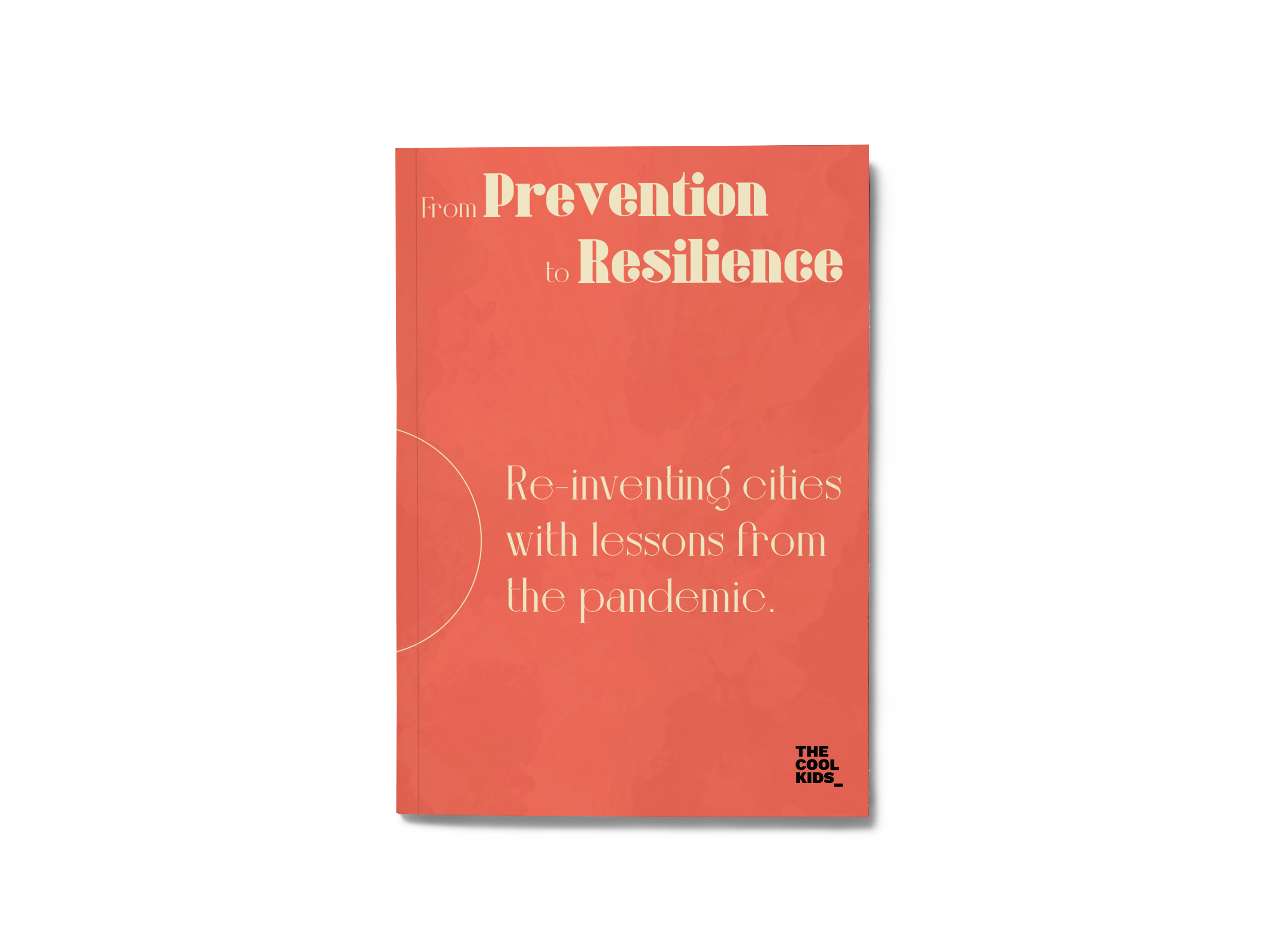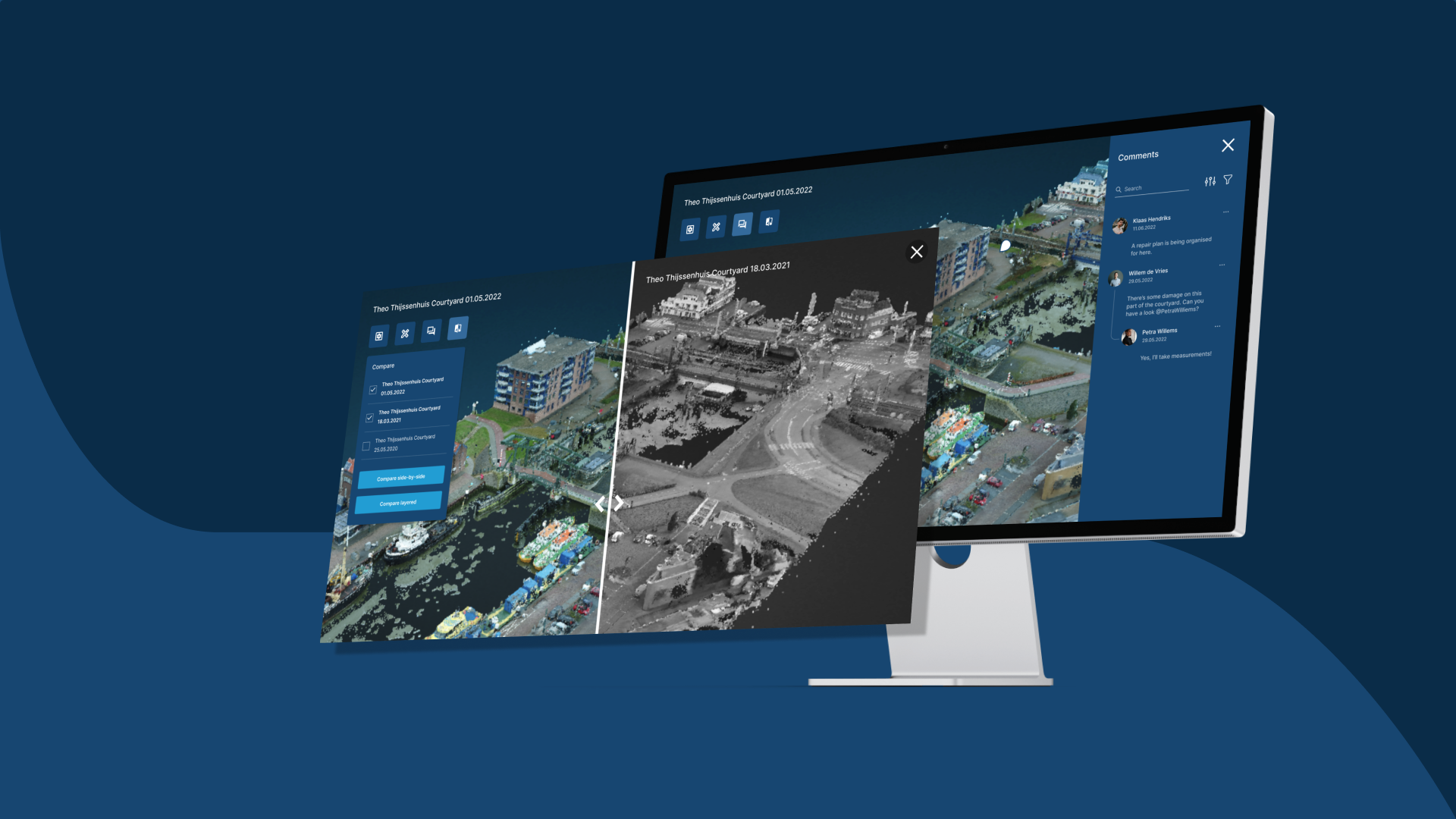
flyElectrical.how
Managing electrical aircrafts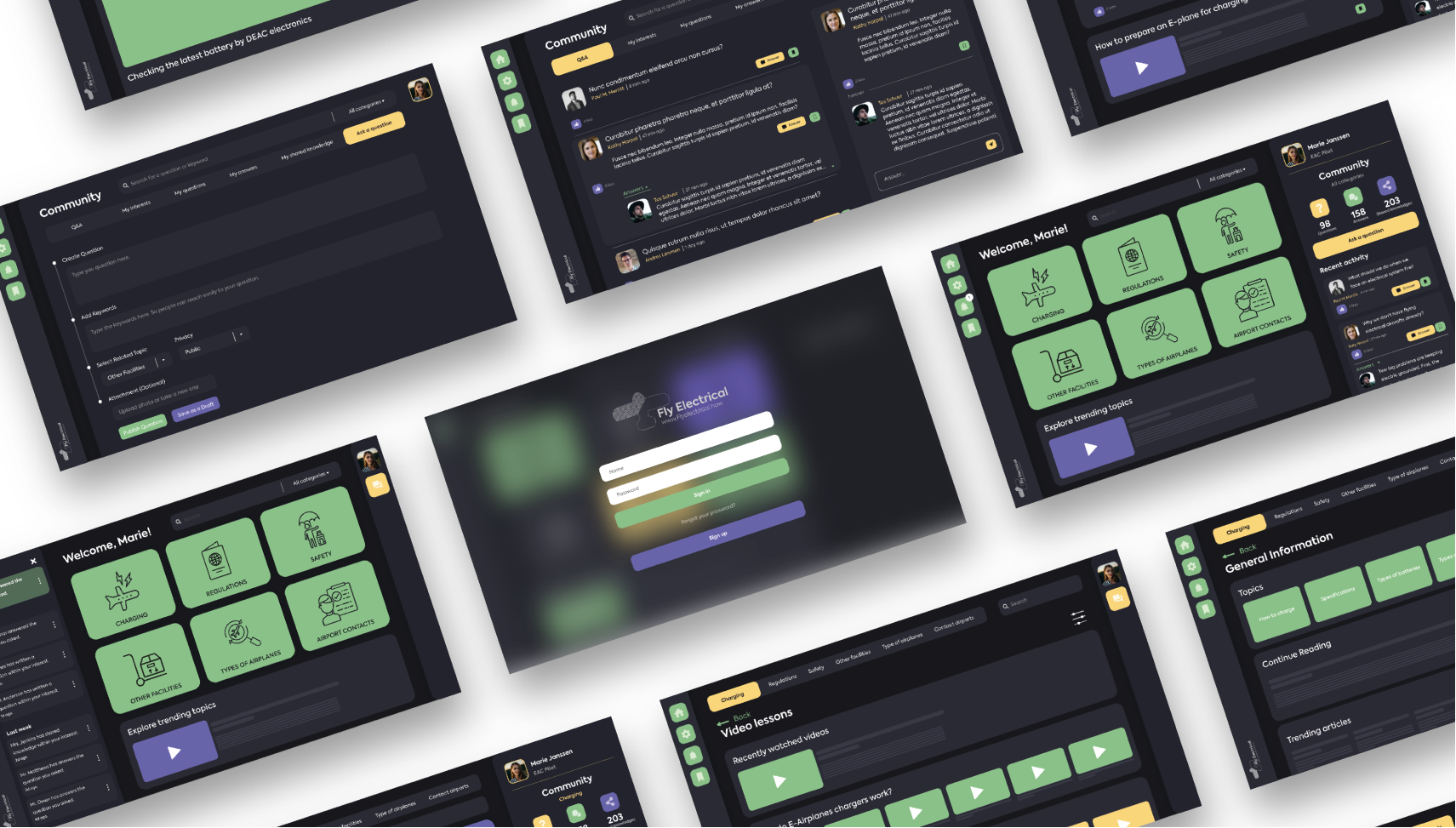
-
Client:
AUAS Aviation Management Unit, Dutch Electrical Aviation Centre
- Team:
-
Disciplines:
UX/UI, Interaction Design, Product Design
-
Schoolyear:
2021-2022
The aviation industry is changing, and more electric aeroplanes appear. The Dutch Electrical Aviation Centre tested its first electric aircraft, the Cessna 337 Skymaster, flying over the country. Unfortunately, they noticed electric planes could not land, park, or charge safely due to airport employees' ignorance of this new technology.
Concerns arose about how to operate these aeroplanes. The Dutch Electrical Aviation Centre wants to ensure all airport employees have access to all resources and can share their experience in managing electric aircraft. However, this information must be properly secured. Therefore, we examined how to provide assigned access to updatable data and discussions.
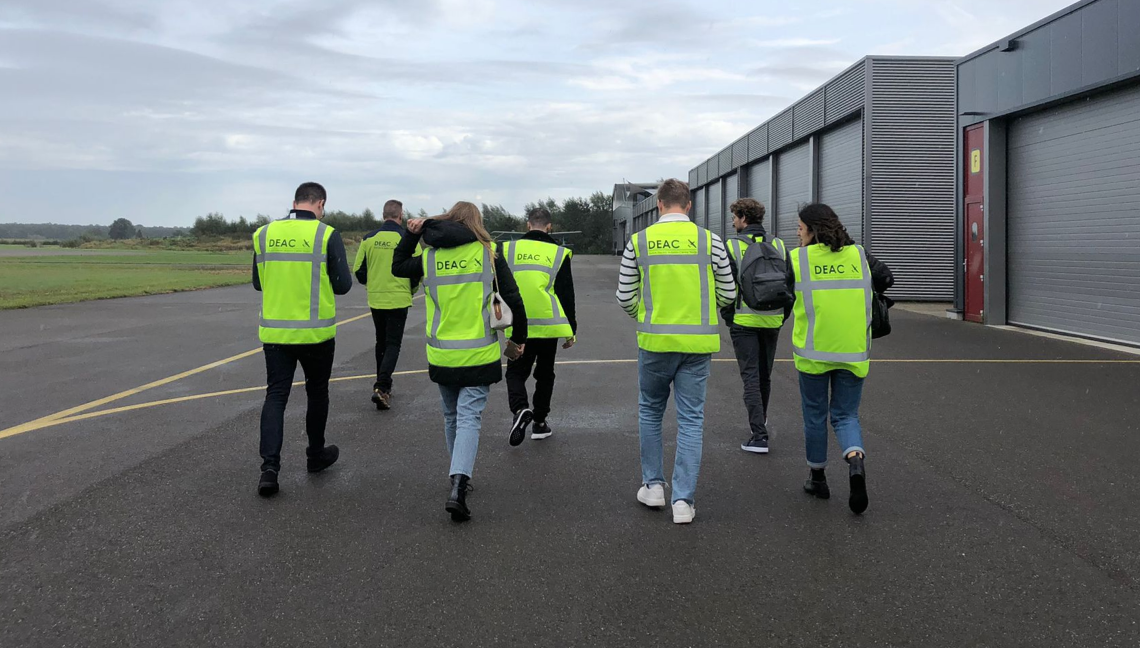
Understanding the context
We began by putting ourselves in the context of where the product would be required and travelled to Teuge Airport, which houses the Dutch Electrical Aviation Centre. During an interview with an employee, we learned they use various devices assigned explicitly to multiple responsibilities. We questioned if it would be safe to appoint our solution to a device they already use to manage their job.
Through library study and interviews with the client, we learned numerous topics within electrical aviation exist: types of aeroplanes, safety, charging facilities, maintenance, and
regulations. We also found out there isn’t much easily accessible knowledge. This helped us narrow our focus on a solution that centres on gaining and sharing knowledge.
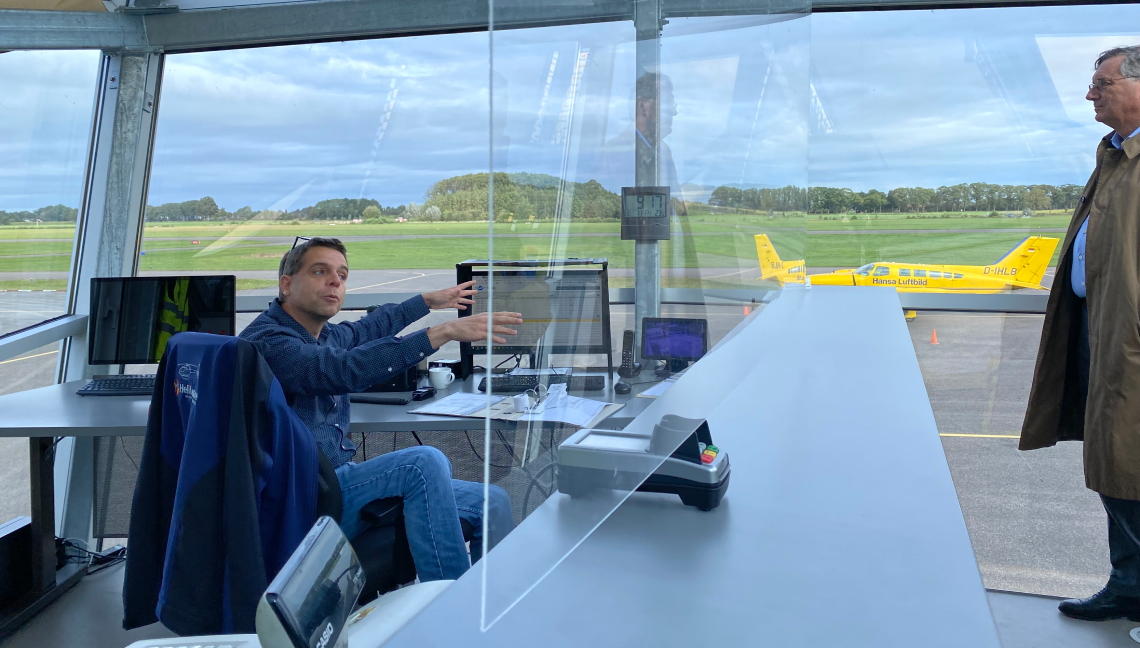
Design considerations
A new challenge arose: how can the required content be offered, secured, and updated? We can either focus on step-by-step learning or organize all content into categories so that the user can learn flexibly. We concentrated on a flexible learning approach since this learning doesn’t have to be linear.
A digital platform using log-in requirements will be most feasible to make the product updatable and secure simultaneously. Questioned should be if delivering a fully digital prototype is the best way to go, given that aviation employees are used to working in the field.
Since aviation employees want to be flexible in where they want to have access to this product, and they use iPad in the field, we designed iPad-first.
Centralizing an updatable product
We prioritized an updatable solution because knowledge about electrical aviation is constantly changing. Furthermore, within the Dutch Electrical Aviation Centre network, they debate their findings to investigate the industry further. Therefore, we set out to create a digital platform with two sections: validated data to enhance the learning curve of aviation employees and professionals and a community to centre the current discussion.
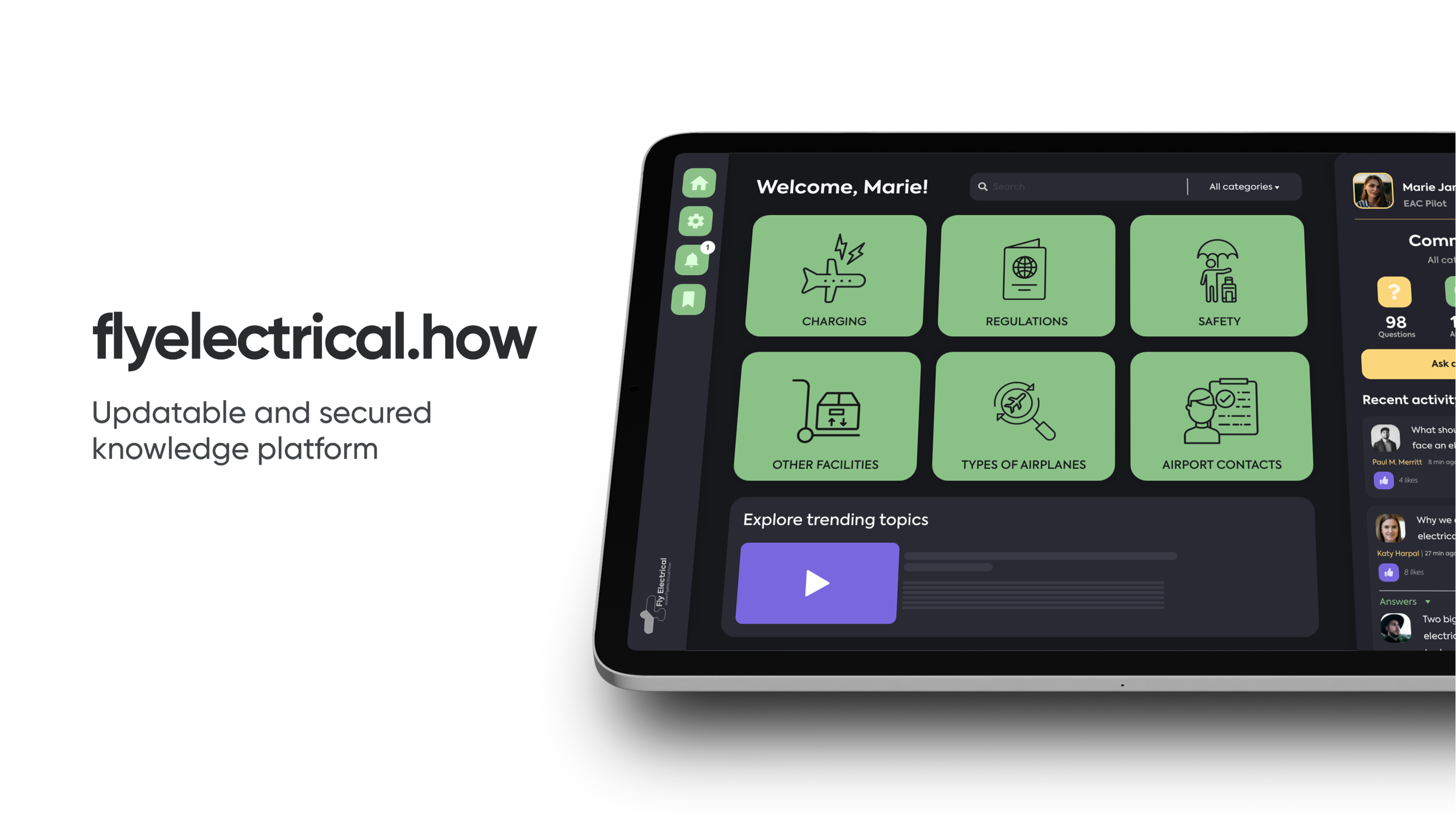
Back-end and security
Because our solution is knowledge based, the back-end and management are crucial. The administrator should control users and modify the validated knowledge. We looked for ways to adapt to the growing body of knowledge in the aviation industry. As a result, we created a product allowing employees to add keywords to their shared questions and knowledge in the community. These keywords will appear in the admin interface, allowing them to determine which topics are most frequently discussed and where knowledge is lacking.
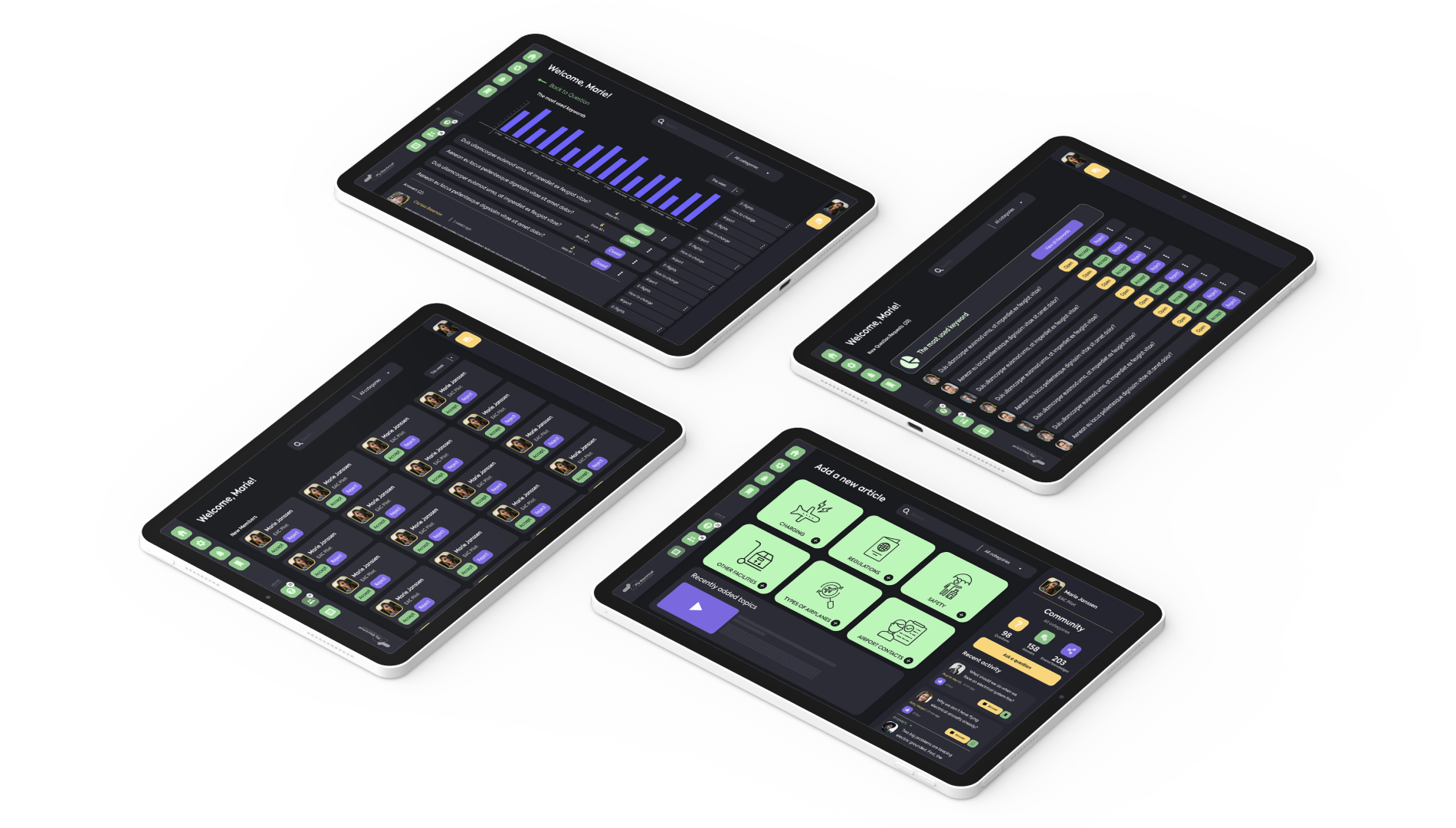
An additional way of learning
As previously stated, aviation personnel are accustomed to visually observing what happens in the field. Providing a physical learning method at the airports allows them to familiarize themselves with handling an electric aircraft. In this context, a short step-by-step guide can help employees manage the arrival of an electrical aircraft. Therefore, we designed a miniature of the Teuge Airport to connect to the specific environment of that airport and added several audio touchpoints. These touchpoints shortly guide employees through different steps in the process. Since each airport looks different, each should have its own miniature in this product.
Future outlook
We hope that flyElectrical.how will help airport personnel and professionals learn more effectively. We also hope that the knowledge exchange will encourage them to communicate with others in the field more frequently, fostering a sense of community while learning from one another.

G-9PuYMelJk
